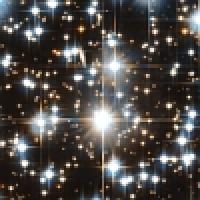
Meet the multiverse

Fred Adams.
We recently found out why pieces of toast tend to land butter side down. It' because the physical factors at play, including the typical height of breakfast tables and the strength of the Earth's gravity, are just right to allow a piece of toast to perform one flip on its way to the floor: from butter side up to butter side down.
The strength of the Earth's gravity is measured by the gravitational constant g, one of the constants of nature. These constants are special not just when it comes to toast. If their values were just a tiny bit different, life as we know it couldn't exist. This begs the question of why — why are the constants fine-tuned for our existence? Some people have taken this fine-tuning as evidence of the existence of a god who wanted us to be here, but there's also another explanation: perhaps our Universe is just one of many, all with different values for the constants of nature? If such a multiverse exists, then the existence of our Universe within it is no longer surprising. It's just one of many.
All this reminded us of an interview we did in 2016 with astrophysicist Fred Adams at the FQXi international conference in Banff, Canada. In this episode of Maths on the move we bring you this interview. Adam tells us all about the multiverse and how knowledge about our own Universe can help us to calculate how many of those other universes could be similar to our own. We hope you enjoy it, but if it's too mind-boggling, have a piece of toast.
The image above was taken by the Hubble Space Telescope, courtesy NASA, ESA and E. Sabbi (ESA/STScI).